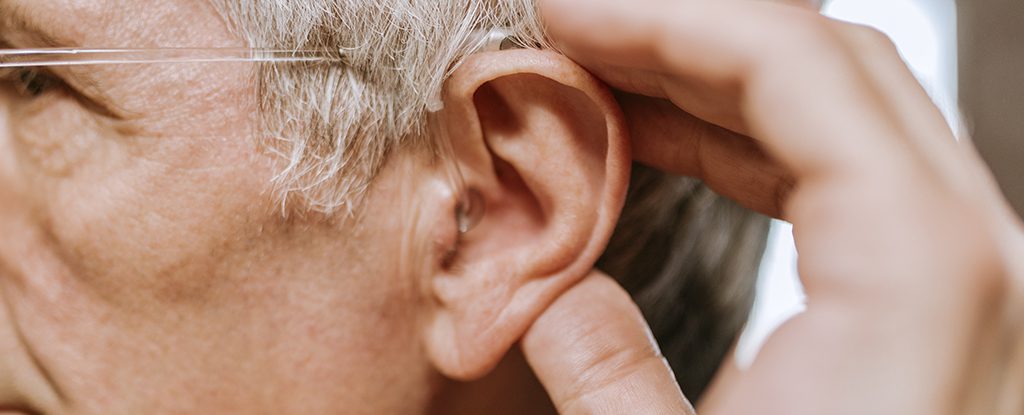
To deepen our understanding of how the human ear perceives even the faintest sounds, researchers at Yale University have uncovered a novel mechanism by which the body processes sound waves. This discovery could enhance our ability to distinguish extremely low frequencies.
“Our goal was to explore how the ear fine-tunes itself to detect subtle sounds without losing stability or reacting in silence,” explains physicist Benjamin Machta.
“In this process, we accidentally identified a new set of low-frequency mechanical modes that the cochlea likely supports.”
Machta and his research team utilized mathematical modeling of the cochlea, a spiral-shaped auditory organ, which revealed a new layer of intricacy in how our ears actively interpret sound waves amidst background noise.
For sound to be perceived, vibrations activate specific frequency patches of delicate hairs on the cochlea’s membrane, prompting them to send nerve signals to the brain.
However, these vibrations can diminish as they travel across the membrane’s surface, resulting in a loss of tone and volume. Previous research has indicated that specific clusters of cochlear hairs can amplify these vibrations with precise timing, enhancing our ability to hear particular tones.
Recent findings suggest the ear employs a reflex that broadly adjusts surface waves, helping to eliminate unwanted sounds while preventing the introduction of misleading noises.

The sensitive hairs lining the basilar membrane within the cochlea can operate both locally and collectively, according to the models, adapting dynamically to convert sound waves into electrical signals.
Crucially, the research revealed that substantial sections of the basilar membrane can synchronize, acting as a cohesive unit for lower frequency sounds. This adaptation allows the cochlea to effectively handle incoming vibrations while safeguarding against auditory overload from louder sounds.
The results offer a more nuanced insight into cochlear and auditory function, shedding light on how hearing issues may arise and paving the way for future studies into auditory capabilities.
“Given that these newly identified modes operate at low frequencies, we believe our findings could enhance our understanding of low-frequency hearing, which remains an area of ongoing investigation,” notes theoretical biophysicist Isabella Graf, formerly at Yale and currently at the European Molecular Biology Laboratory in Germany.
Low-frequency hearing is generally categorized within the range of 20–1000 Hz. Consistent with existing literature, the behavior of hair cells observed in this study could be fundamental in ensuring that quieter sounds are identified and relayed to the brain.
“Exploring these extended modes and their effects on hearing remains an exciting frontier for future research,” the researchers concluded in their published paper.
The complete research findings are available in PRX Life.









